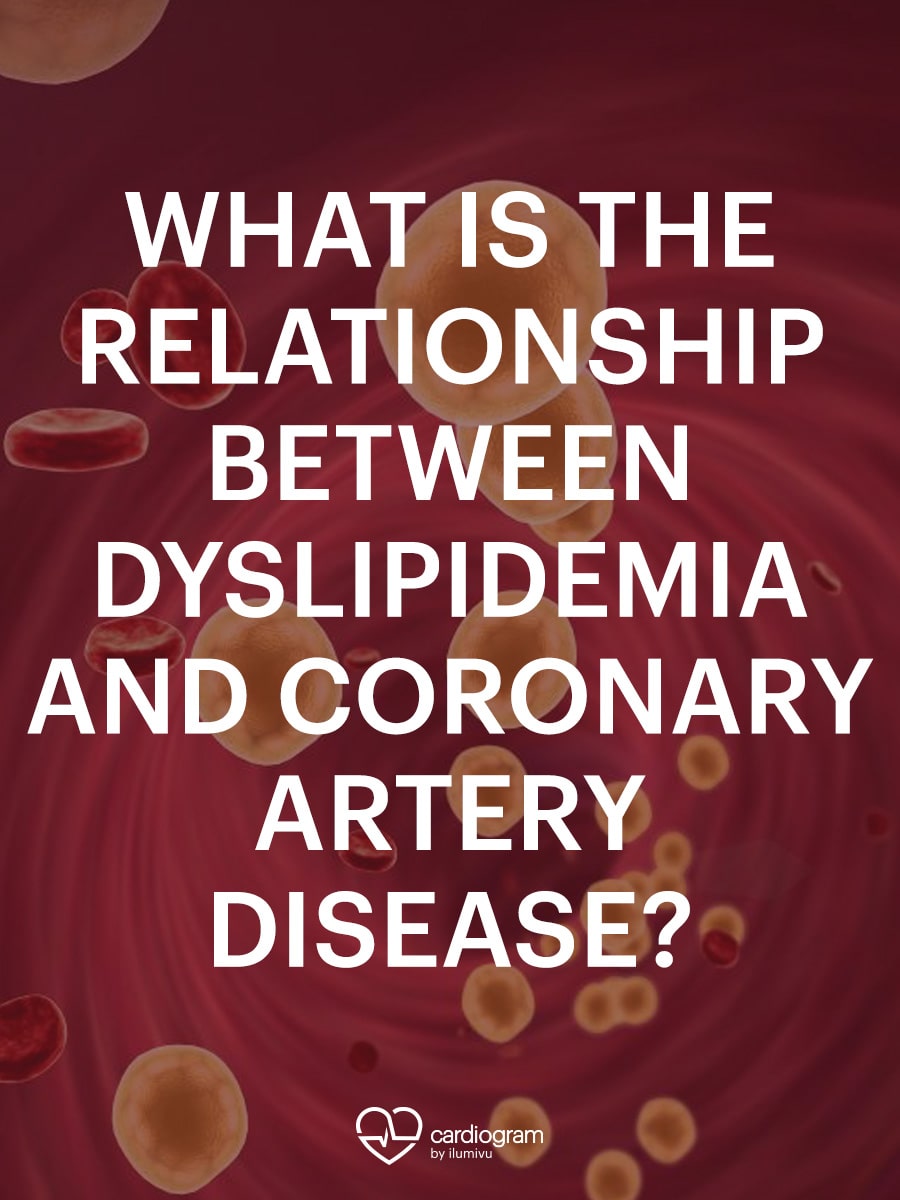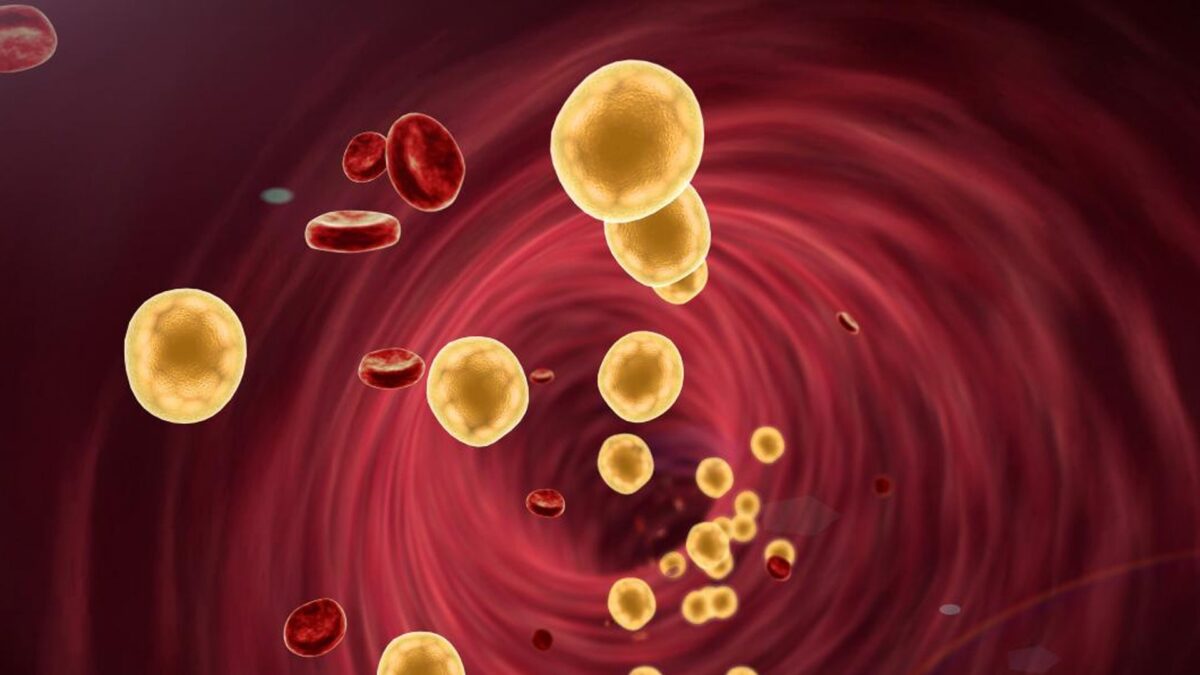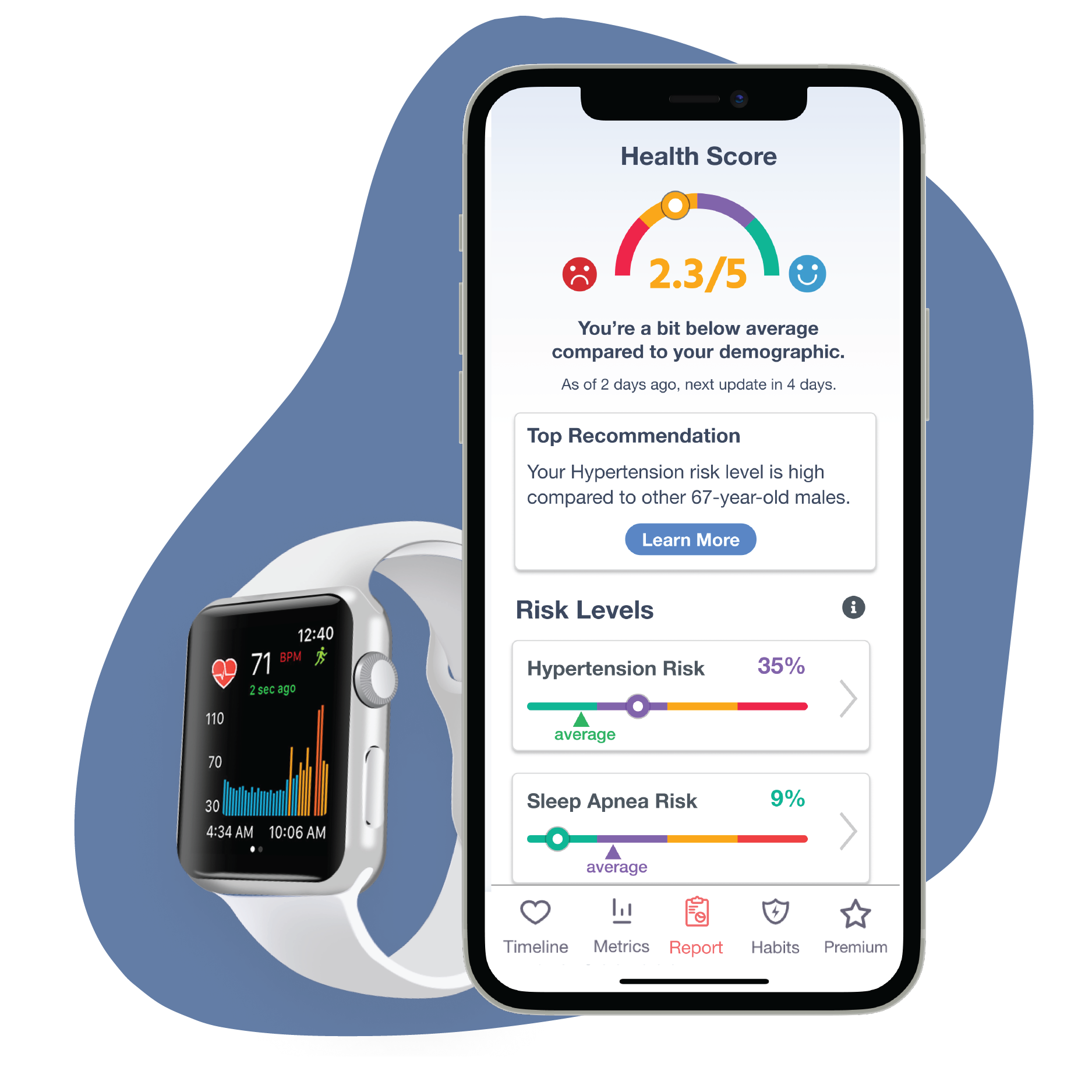Over the years, high cholesterol levels have become a source of public fear due to mainstream media narratives. However, there’s more to the story.
Doctors refer to an abnormal lipid panel as dyslipidemia. This is a disease that involves abnormal cholesterol levels and can . Diagnosis usually involves a simple blood draw and there are treatment and preventative protocols that can be taken1.
Here, we’ll define dyslipidemia, then review the scientific evidence that links it to coronary artery disease (CAD).
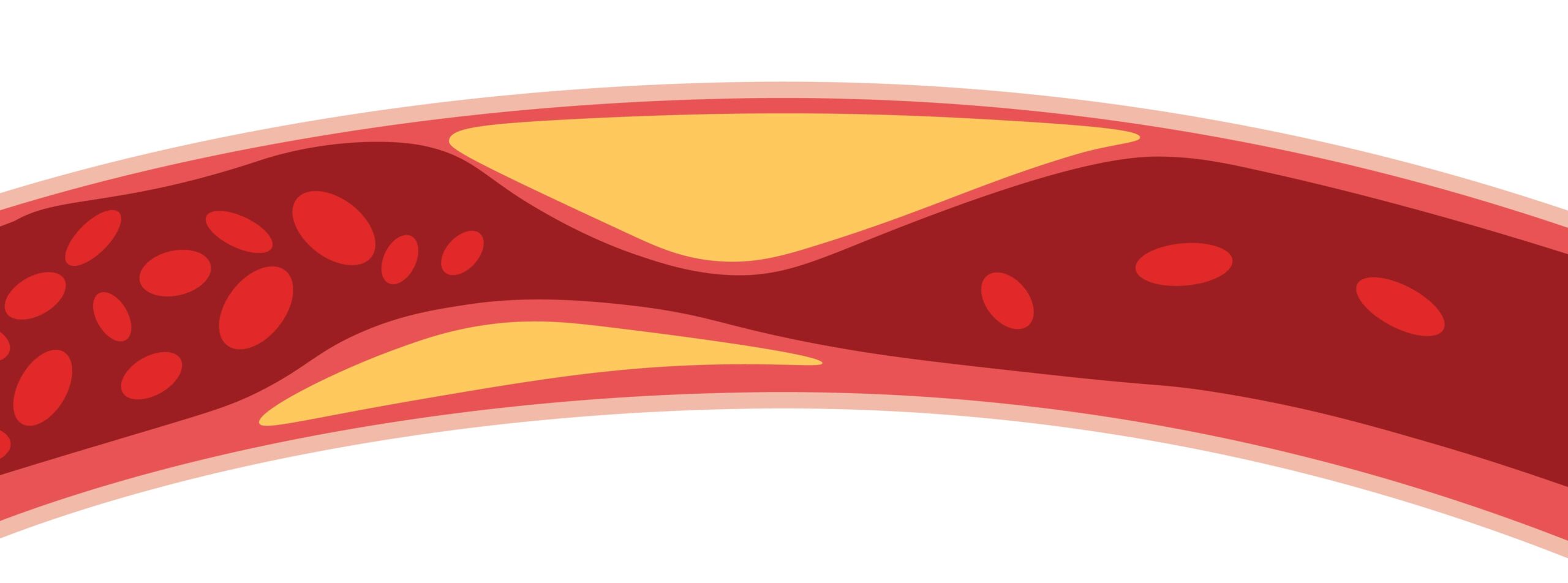
Whereas hyperlipidemia, or high-cholesterol, refers to high levels of LDL or triglycerides, dyslipidemia refers to abnormal levels (too high or too low) of one or more of the three major lipids in the blood:2
- Elevated levels of low-density lipoprotein (LDL)
- Reduced levels of high-density lipoprotein (HDL)
- High levels of triglycerides (i.e., fatty acids)
LDL, also known as “bad” cholesterol, is the protein responsible for distributing cholesterol from your liver to peripheral organs. High levels of LDL mean your bloodstream has a lot of cholesterol.
HDL, on the other hand, scavenges the blood to take cholesterol back to the liver. Therefore, it reduces its levels in the blood.
Finally, triglycerides comprise a source of energy. Consuming more triglycerides than you need results in two things:
- Fat storage inside the adipose tissues
- Elevated levels of triglycerides in the blood
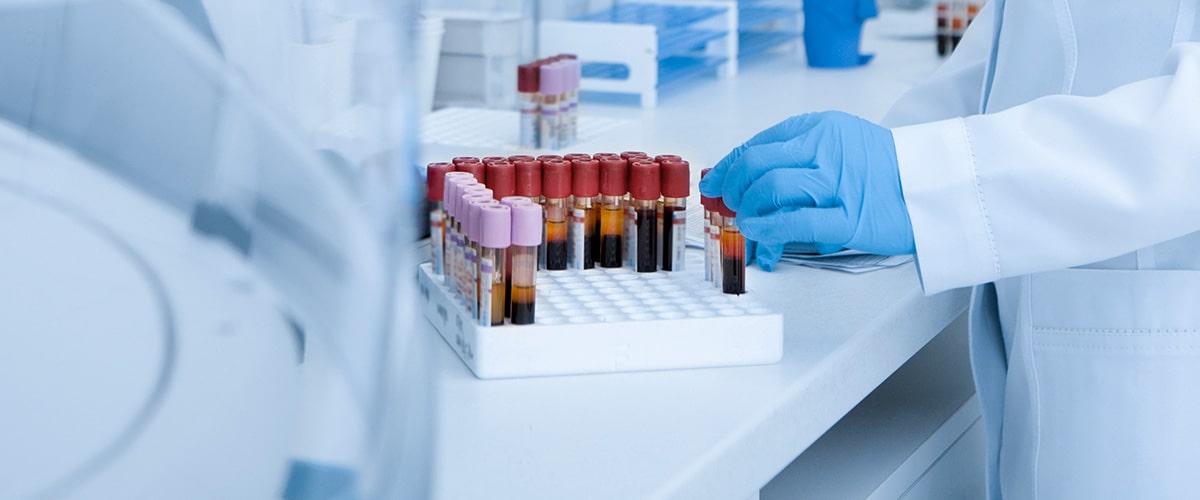
Dyslipidemia is dangerous because a patient might have it without even realizing it. Most people get diagnosed with dyslipidemia after a routine blood test3.
Other times, dyslipidemia may be discovered after it’s already caused a complication (e.g., heart disease, stroke).
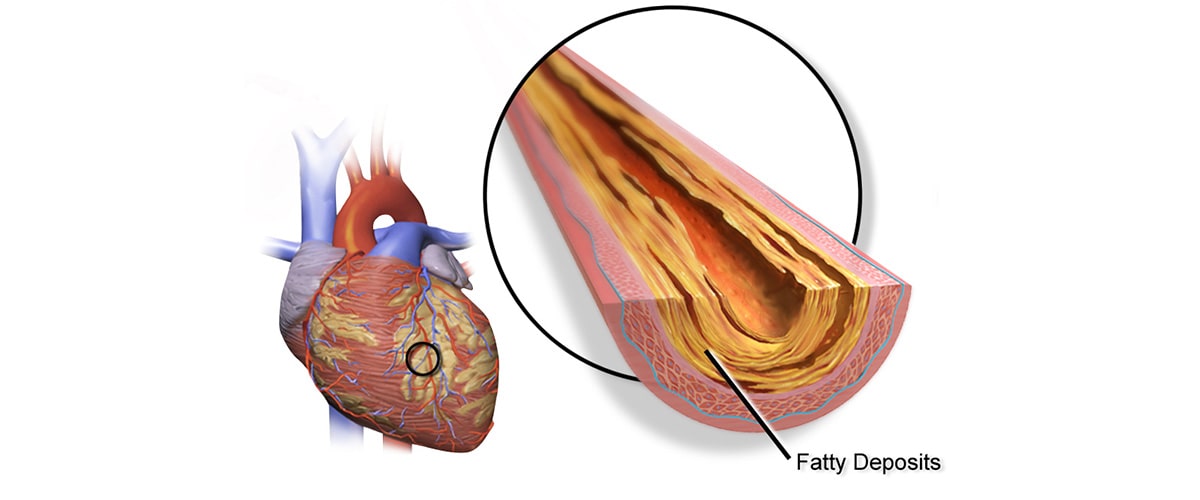
How does dyslipidemia impact coronary artery disease?
High levels of LDL promote something called atherosclerosis4. This word means that your blood vessels will thicken because of cholesterol deposition. Moreover, immune cells and other substances will reach the atheromatous plaque, exacerbating the issue.
If not managed properly, this condition could lead to coronary artery disease. You see, atherosclerosis partially obstructs blood vessels until a clot forms and travels downstream, clogging the entire vessel. Consequently, heart cells will no longer receive blood and will ultimately die.

Adopting healthy habits is the best way to deal with dyslipidemia. Lowering your LDL and triglycerides while increasing your HDL will reverse all the damage that has been done.
How can you do that? Diet and Exercise.
Limiting your intake of refined sugars, saturated fats, and alcohol can do wonders to your lipid panel. Additionally, include fresh foods, fruits, vegetables, and whole grains in your diet.
Losing weight via exercise is another fantastic way to manage dyslipidemia.
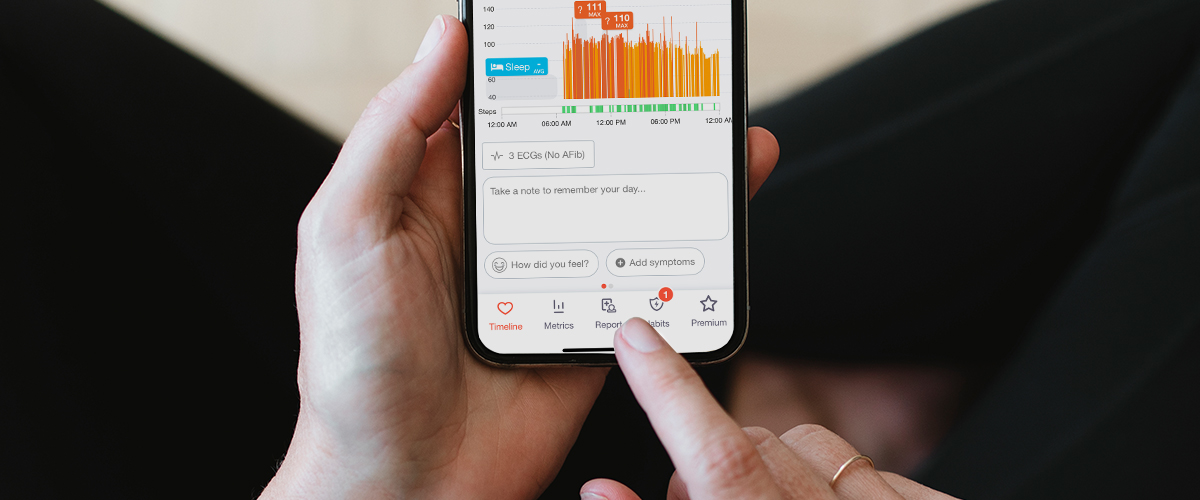
Enroll in a habit
Because exercise is one key to lowering your LDL levels, enrolling in one of our popular daily exercise Habits can help. On each habit, we will show you its clinical benefits along with studies to back them up. Just be sure you've spoken with a doctor before engaging in vigorous activity if you regularly experience discomfort.
Journaling
By keeping track of how you’re feeling throughout the day, you can get a better idea of how your new habits are benefiting you. For instance, journaling about your food intake and exercise programs can give you better insight into what's working.
Exercise in Your Optimal Zone
Join our facebook community
Dyslipidemia is a major risk factor for coronary artery disease. Getting routine blood work and learning how to prevent and correct dyslipidemia is indispensable to lowering your risk of cardiovascular events.
